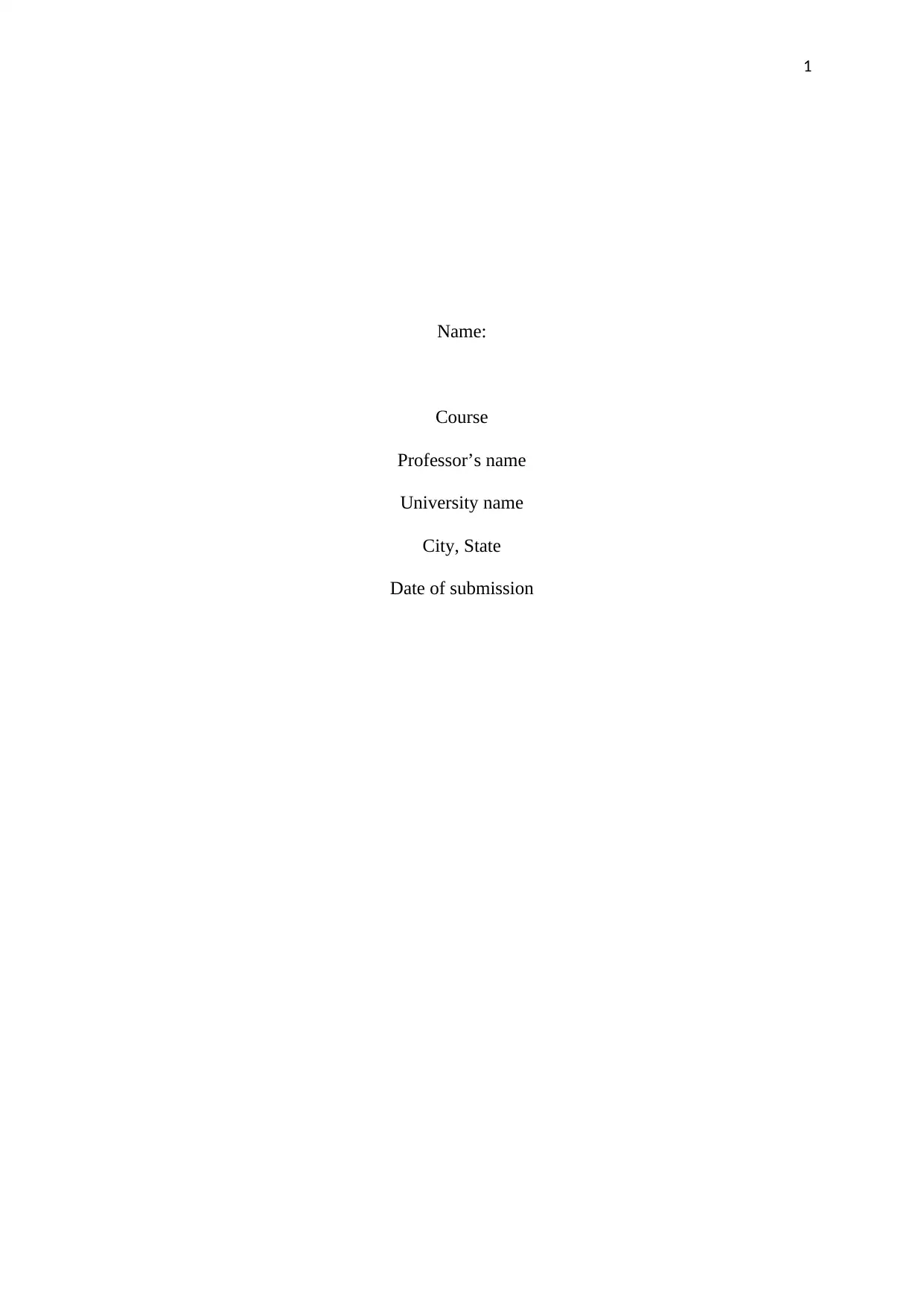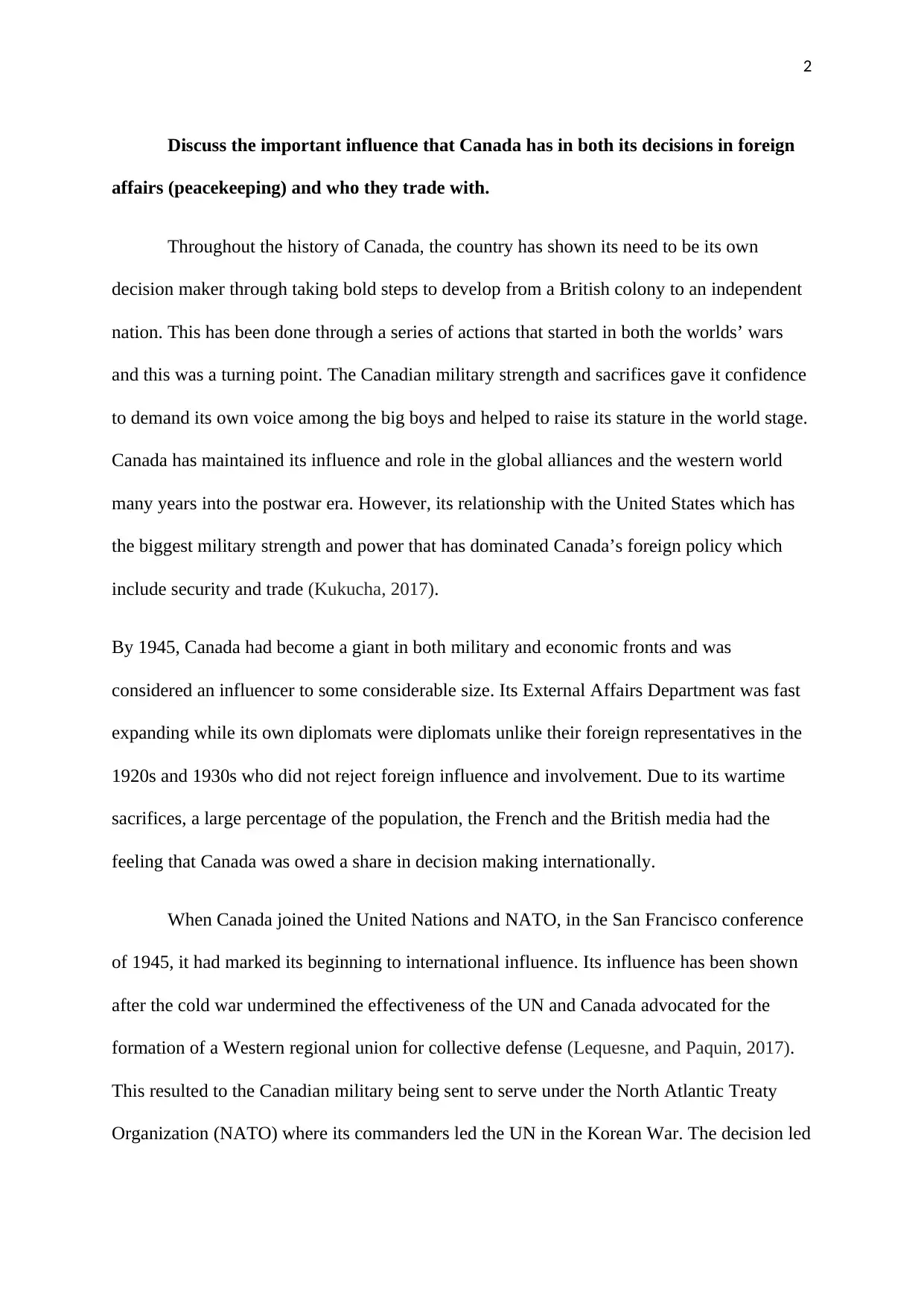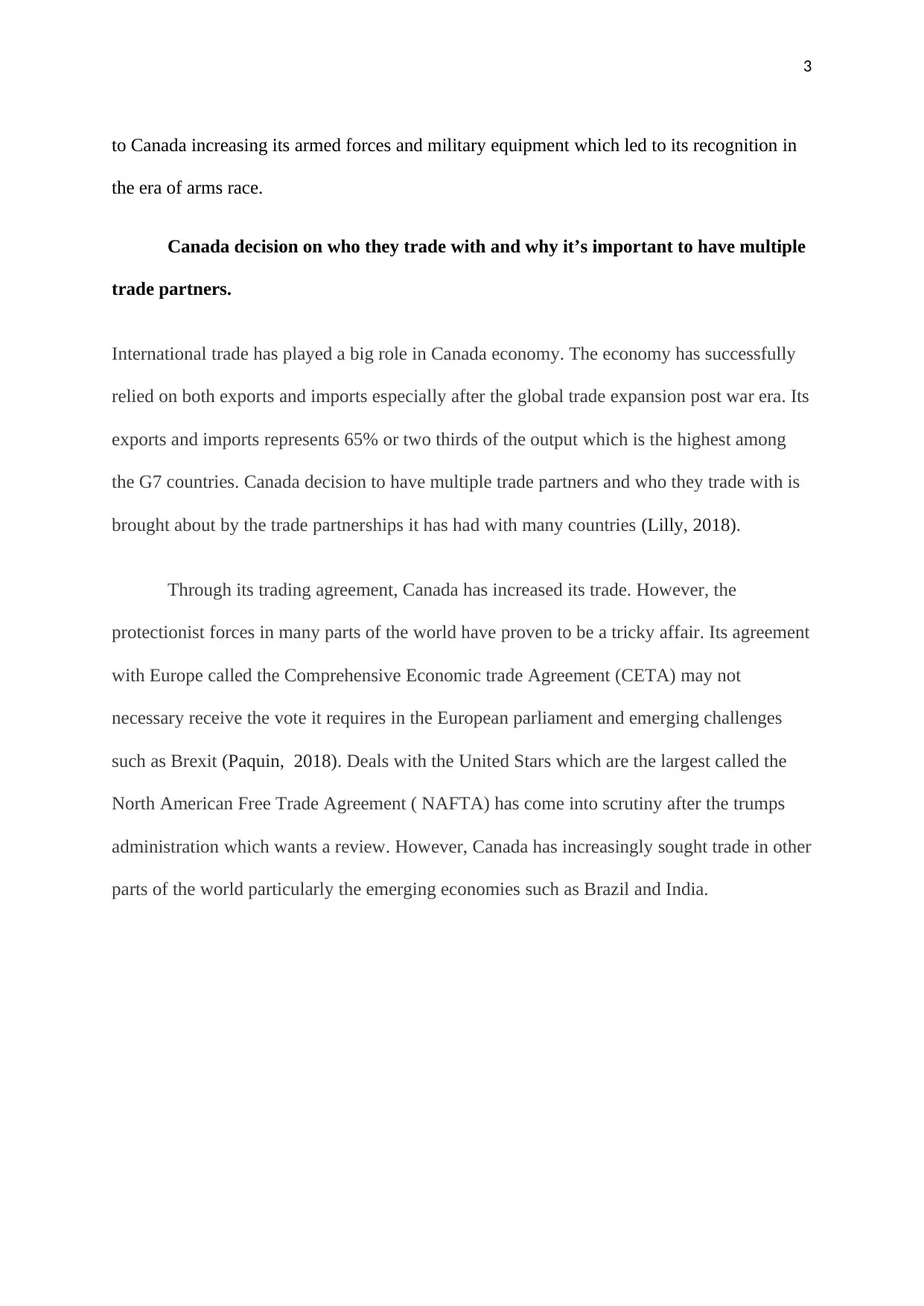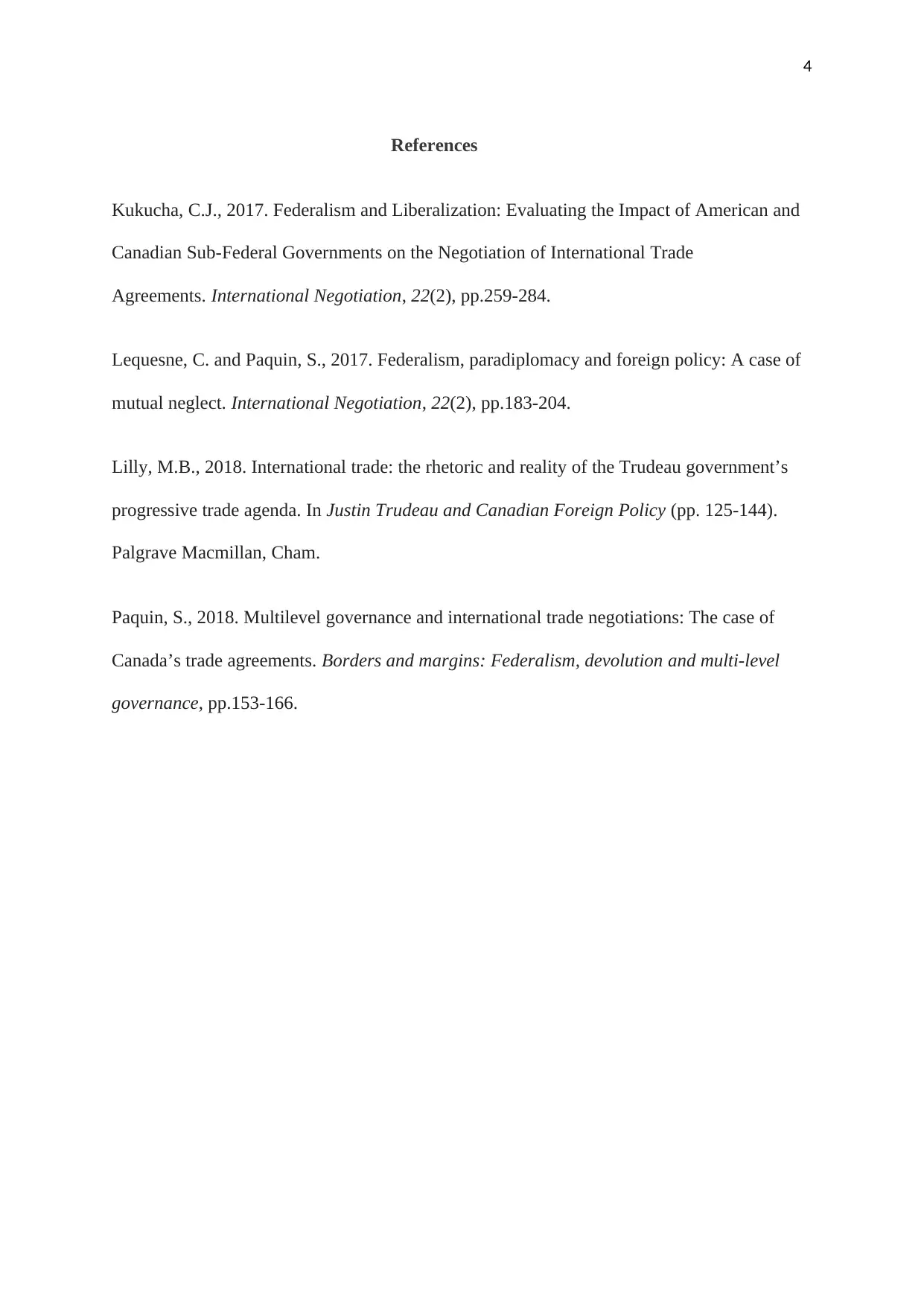Analyzing Canada's Foreign Affairs: Trade, Peacekeeping, and Influence
VerifiedAdded on 2022/08/08
|4
|759
|11
Essay
AI Summary
This essay examines Canada's significant influence in international affairs, focusing on its decisions in foreign policy and trade. It highlights Canada's evolution from a British colony to an independent nation, emphasizing its contributions during the world wars, which elevated its global standing. The essay discusses Canada's continued role in international alliances, particularly its relationship with the United States, which has heavily influenced its foreign policy, including security and trade. The essay also explores Canada's approach to international trade, its reliance on exports and imports, and its pursuit of multiple trade partners, including agreements like CETA and NAFTA, and its growing interest in emerging economies. The essay references various academic sources to support its analysis of Canada's foreign policy and trade strategies.
1 out of 4










![[object Object]](/_next/static/media/star-bottom.7253800d.svg)